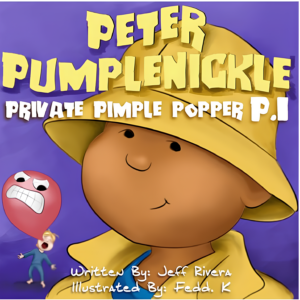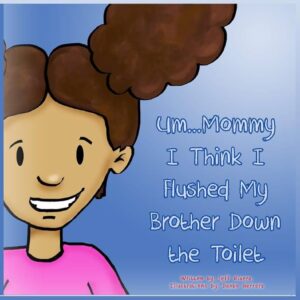Toni Morrison, J.K. Rowling, and Stephen King were all teachers before they became household names in literature. Now, more than ever, it’s crucial to inspire children to read amidst the distractions of gaming, TV, YouTube, and social media. Especially for those teaching marginalized communities, the need for authentic stories is paramount. Waiting for corporate America to publish the book you envision could take forever; why not create it yourself? Or perhaps you’ve always dreamed of being a writer but didn’t know where to start. This article is your guide.
Could you be the next Judy Blume, J.K. Rowling, Jeff Kinney or C.S. Lewis?
I’ve written several children’s books, endorsed by luminaries like Stan Lee and Jackie Collins. These books have received hundreds of glowing reviews from parents, teachers, and kids, and have thousands of downloads. My team and I have helped make a book a New York Times bestseller and I have landed 22 TV development deals with some of Hollywood’s most successful production companies.
My heart is in writing kids books and kids content in general. The best part? Kids books are quick and inexpensive to produce if you do it right.

Why Teachers Make Great Children’s Book Authors
Teachers understand what kids want to read and where there are gaps in the market. With today’s technology, you can write and publish your own ebook, print book, or even audiobook quickly and affordably. Even if you aim for traditional publishing, building an audience first can attract publishers. Plus, grants can help cover publishing costs locally or nationally, letting you test your book’s resonance with readers.
Steps to Write Your Own Kids’ Book
-
Start with Passion: Choose a topic you’re passionate about or one that kids are curious about but isn’t widely covered in books.
-
Brainstorm Ideas: Write down all your ideas, no matter how disjointed. Include cool characters, plots, and themes. Brainstorm with kids, other teachers, or writers and transcribe everything.
-
Research Similar Books: Read at least three books similar to your idea to understand how successful authors structure their stories. Libraries and online bookstores are great resources.
-
Write the First Draft: Get your story on paper. Don’t worry about grammar or spelling; focus on getting your ideas down.
-
Revise and Polish: Rewrite your draft until it captivates you. Make it funny if it’s supposed to be, and intriguing if it needs to be.
-
Get Feedback: Read your story aloud to kids and adults. Their honest feedback will help you refine your book.
-
Follow a Story Structure: Use the Hero’s Journey or another story structure to give your narrative a solid foundation.
-
Illustrate Your Book: Illustrate it yourself, enlist kids, or hire an affordable illustrator from platforms like Upwork or Fiverr. You can also explore AI and clip art for illustrations.
-
Layout Your Book: Use Canva or hire someone to format your book for print and ebook through Fiverr.com or Upwork.com. It’s cost-effective and crucial for a professional finish.
-
Publish and Market: Publish your book as an ebook or print book using Kindle Direct Publishing. You can also print author copies to sell directly.

Want to Learn More?
If you’re interested in learning how to get traditionally published, attract Hollywood attention, sell more books, or delve deeper into the steps above, sign up for our eBook waitlist: “A Teacher’s Guide to Writing a Kids’ Book“.
Questions Answered in the EBook:
- How can my unique teaching experiences shape a compelling story for kids?
- What themes or topics do my students ask about that are underrepresented in children’s books?
- How can I incorporate feedback from my students and colleagues to improve my story?
- What budget-friendly resources are available for illustrations and book layout?
- How can I leverage technology to publish and market my book efficiently?
- If you’re wondering how to get published traditionally, what steps can you take to make your manuscript appealing to publishers?
- How can you generate enough interest in your book to attract Hollywood’s attention and potentially get a movie deal?
- What strategies can help you sell more books and reach a wider audience?
- For more in-depth information on how to accomplish the steps mentioned above, what resources or guides can provide detailed assistance?

